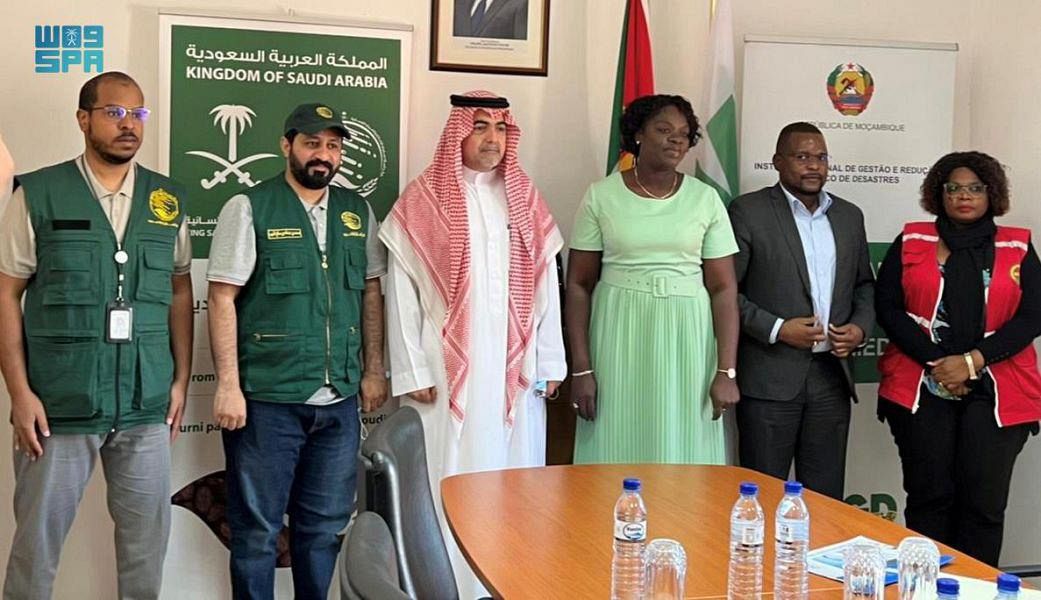
I was born in Najd in the small town of Onaizah, north of Riyadh, before electricity had come to the province. As an infant, I moved with my mother and her family to the small port town of Jubail in the Eastern Province. I was an only child. My father’s job required him to travel frequently around the Kingdom. He died in Onaizah when I was 3 years old, leaving my mother Fatmah and me in the care of my uncle, Ibrahim Suhaimi.
The people of Jubail neither had, nor wanted to have, schools for girls. But my maternal grandmother, Haya Al-Wazzan, encouraged me to study at home. When I was 6 years old, Al-Wazzan paid neighborhood boys, who were themselves only a year older than me, to teach me all the lessons that the boys were learning from their Egyptian teachers in the boys’ school in Jubail.
It was Al-Wazzan who became the principal encourager and enabler of me to learn to read and write not only Arabic, but eventually English as well. At age 13, I decided to open my own, private school in Jubail, and my family supported and funded my decision.
A few years later my family moved to Dammam, where I continued to teach in a government school until I got married in 1967 to Saud Al-Ashgar, a chemical engineer working in Ras Tanura Refinery. Then I stopped teaching and moved to Ras Tanura.
Even though I stopped teaching, the impulse to do so was probably the reason I have been collecting Saudi artefacts to educate foreign visitors and young Saudis about the way of life of our ancestors.
I began collecting items not long after marrying Al-Ashgar, at first without a plan on how I would gather and manage the large holdings I now conserve and exhibit.
The first item in my collection was a wooden plate given to me by the wife of my uncle to let me see how Saudis had prepared and served their food long before my birth. I was pleased with the plate, but merely wrapped it up safely and put it away in a closet.
About a year later, my mother Fatmah gave me a wooden measuring cup. I decided to display the plate and cup together on a shelf in our house. With these two items, my collection had its birth.
The next item to join the collection was an old iron that I bought to begin a substantial collection of Arabian artefacts. From these three small items, a collection now filling rooms in our home has evolved over a period of almost four decades.
We have now built a specially dedicated room at the rear of our property in which to house my collection. Visitors can see the items categorized according to the provinces of Saudi Arabia. Each section in the display room reveals one province’s traditional clothing, bridal wear, jewelry, workers’ tools, cooking equipment, baskets, weaponry, and all manner of evidence of daily life on the Arabian Peninsula before oil was discovered, some even before King Abdul Aziz had conquered and unified the tribes of the peninsula. I invite school groups, university faculties, business groups, charity organizations to my home for a glimpse into our history.
This collection has led to me being called to exhibit part of my collection in foreign countries. I have displayed my collection in the Netherlands, Singapore, Spain, Azerbaijan, Austria and Norway.
In addition to exhibiting part of my collection, I have trained locals in Singapore, Austria and Norway to perform shows to the tunes of Saudi music wearing traditional costumes.
For many years, I have used my collection for the benefit of major charitable initiatives in the Eastern Province. Fashion shows displaying the traditional costumes have raised substantial sums for causes such as housing for the poor, orphanages and care for the handicapped.
Currently, I am a member of six charitable and social societies in the Eastern Province, including the Dhahran Women’s Group for Aramco wives. I have organized several shows, both in the Kingdom and abroad, depicting Saudi customs and traditions. The purpose of the shows at home was to earn money for the charitable missions of the local societies. Shows abroad are done to familiarize other nations with Saudi culture.
Al-Ashgar and I lived in Ras Tanura for 12 years, where three of our four children were born. We then moved to Dhahran and have been living there since, except for a year and a half in the Netherlands. Our fourth child was born in Dhahran. We are the proud parents of two sons and two daughters, and seven grandchildren.












